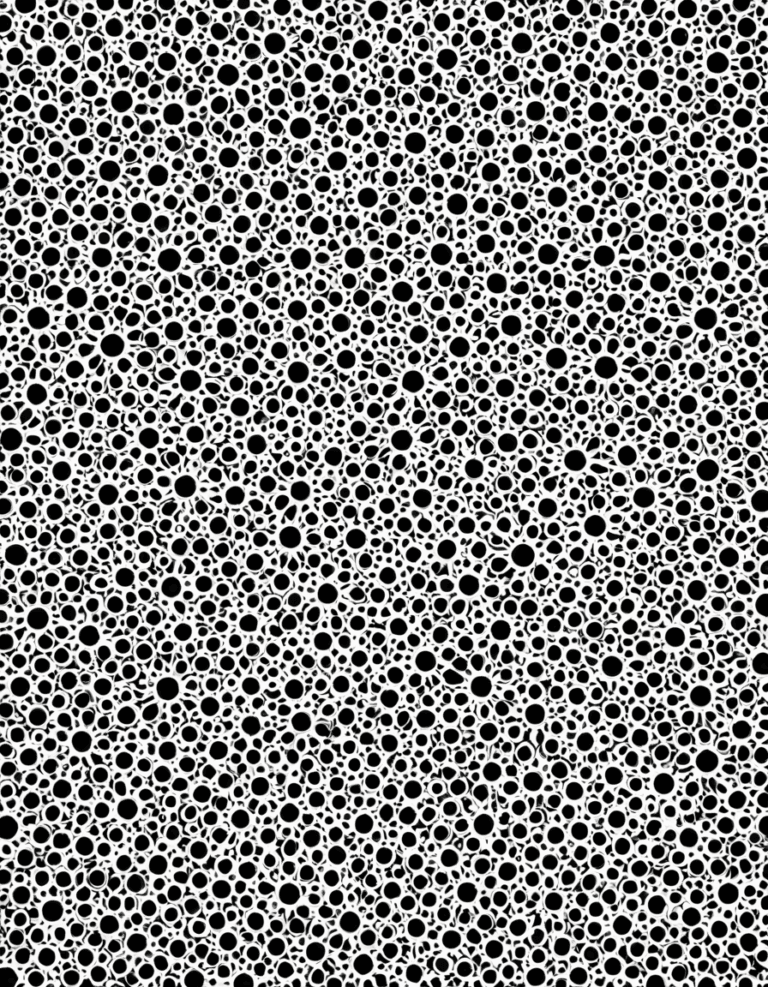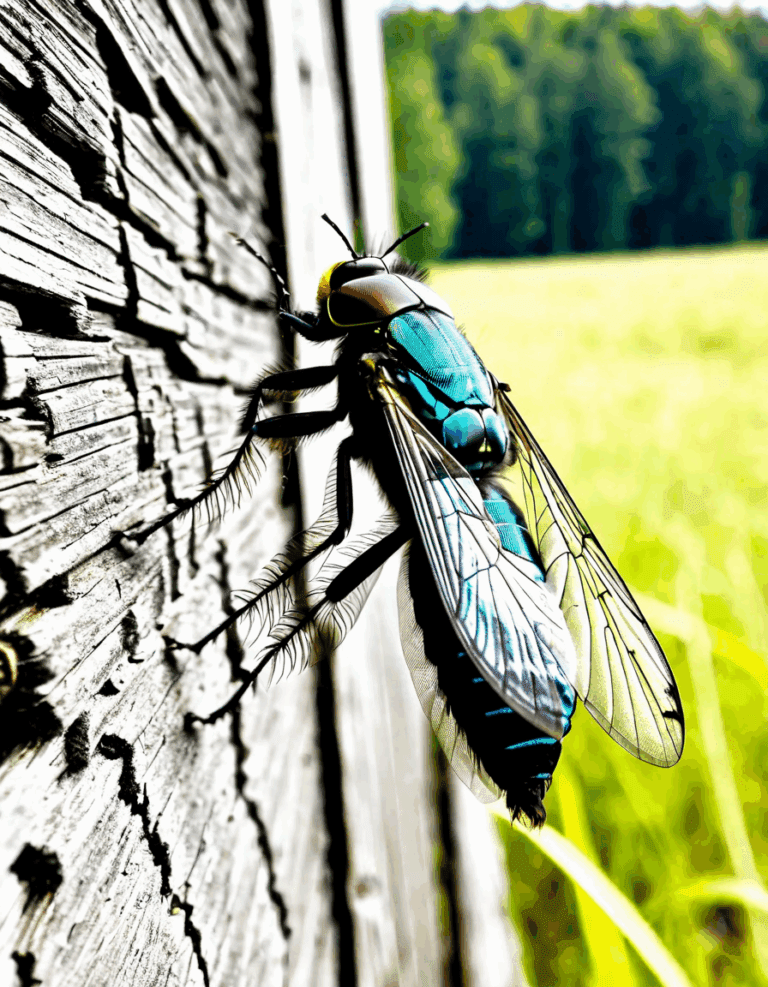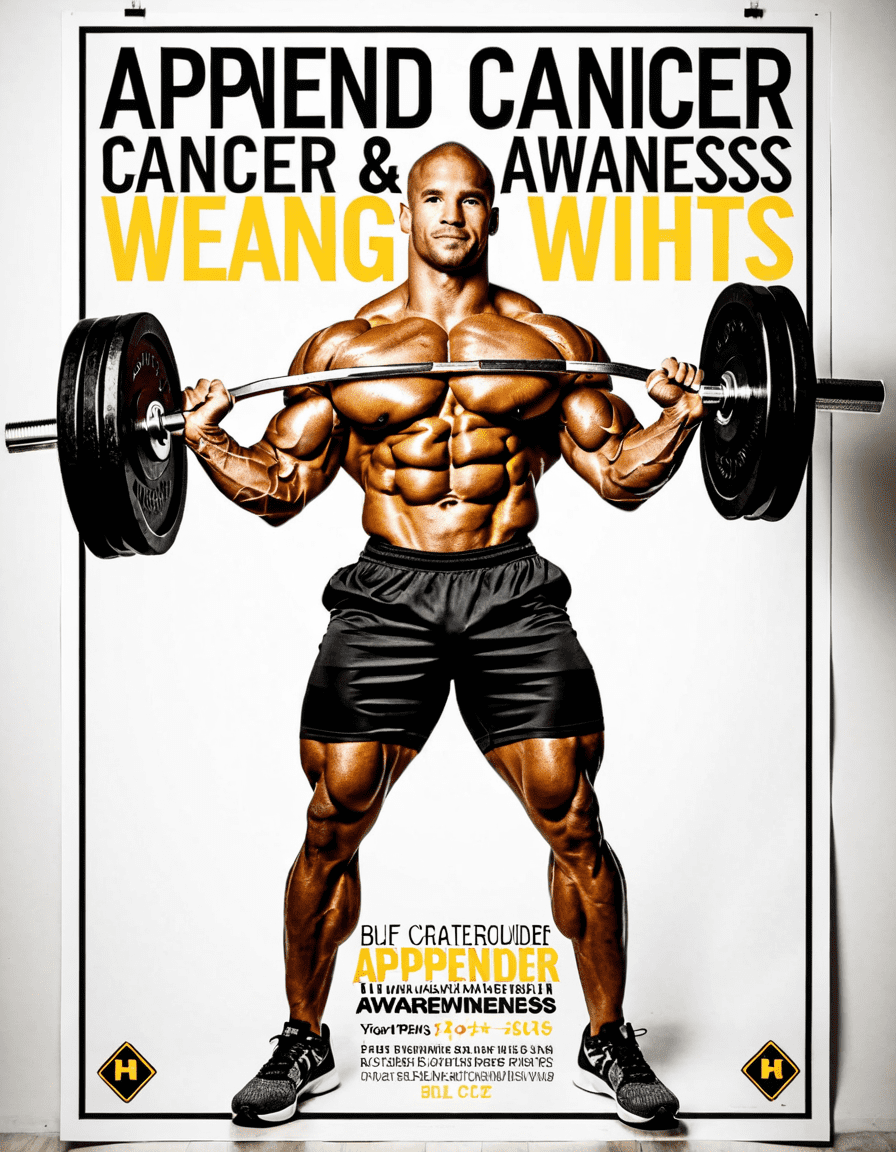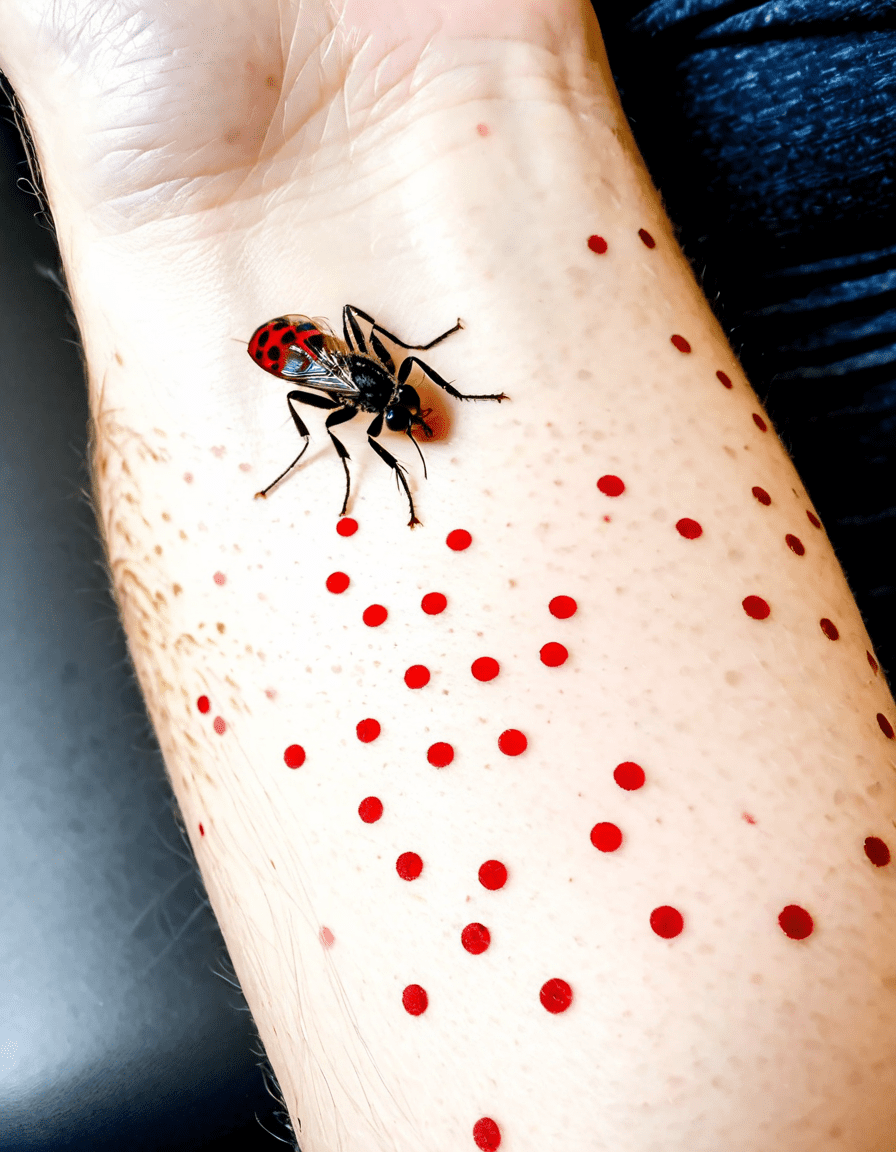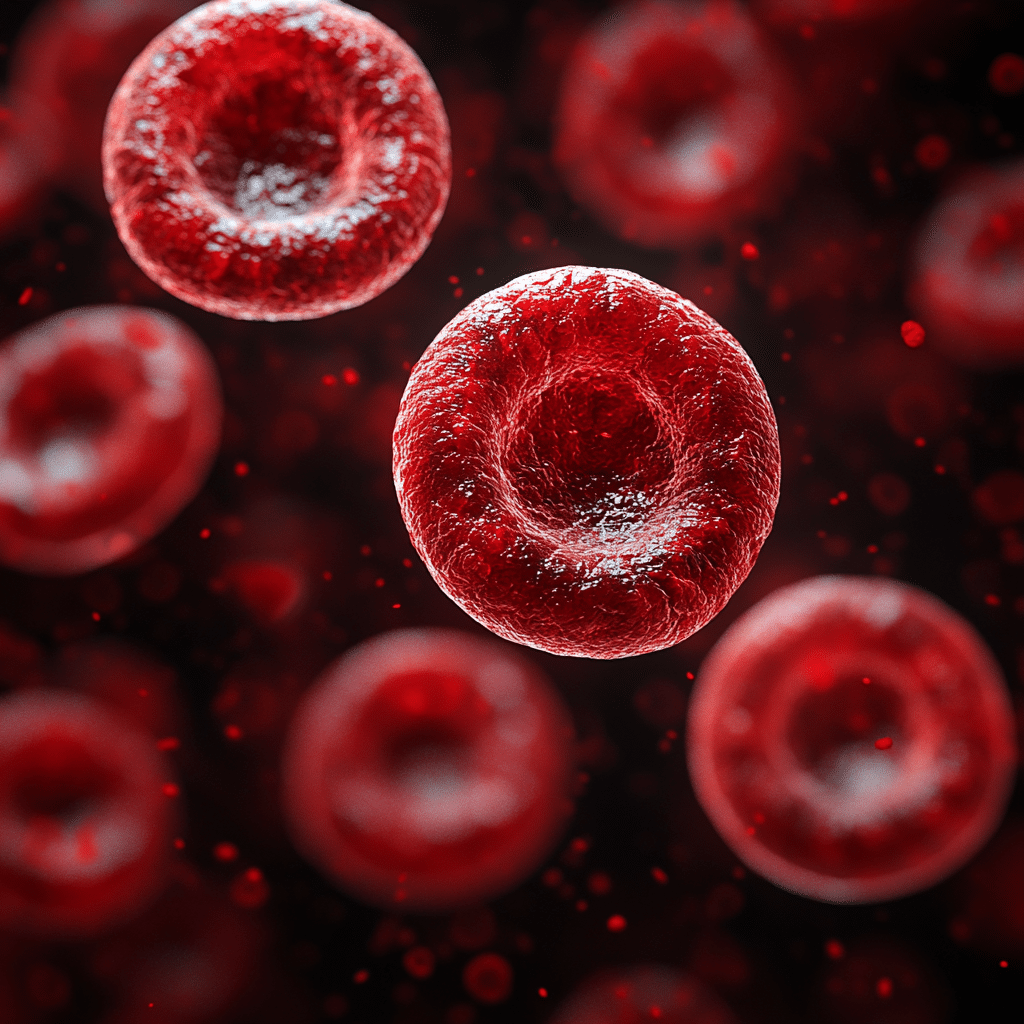Swan neck deformity is more than just a medical term. It’s a condition impacting thousands of individuals, characterized by an unusual positioning of the fingers. In this condition, the middle joint, also known as the proximal interphalangeal joint, hyperextends while the distal joint, or distal interphalangeal joint, flexes. The result? A finger alignment that resembles a swan’s neck. Understanding the causes and coping strategies for swan neck deformity empowers individuals to tackle the challenges head-on and focus on strength—both in body and spirit.
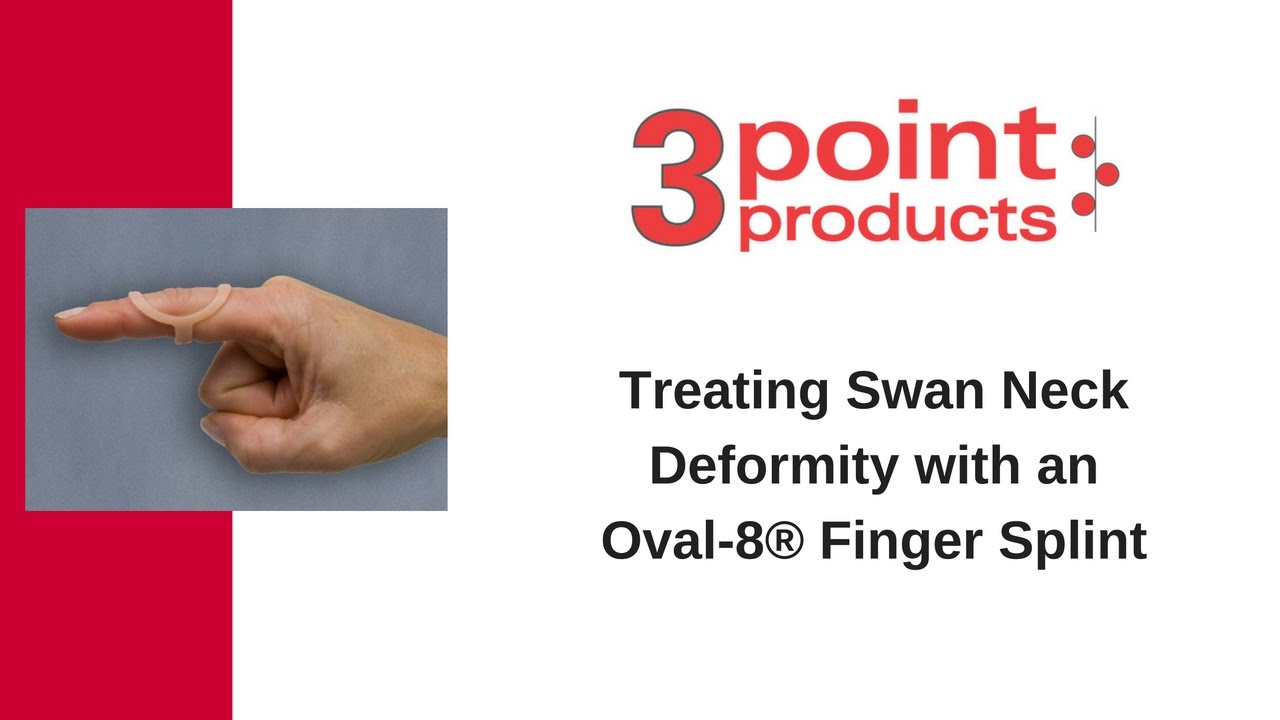
Understanding Swan Neck Deformity
Swan neck deformity does not occur in isolation. It often springs from underlying conditions such as rheumatoid arthritis, hypermobility syndromes, or congenital hand differences. Each case can differ widely in severity and implications, making it critical to grasp the anatomical aspects. Imagine trying to lift weights or perform everyday tasks while battling this deformity. It’s essential to recognize that knowledge is power, and understanding your body’s mechanics can improve your life quality significantly.
When engaging in fitness, whether you’re lifting weights or aiming for that shredded six-pack, flexibility and joint health are paramount. If you or someone you care about is living with swan neck deformity, know that there are methods to manage the discomfort and improve functionality. You can crush your fitness goals, even if you’re dealing with this deformity. Remember, every setback is a setup for a comeback!

Top 7 Causes of Swan Neck Deformity
Let’s break down the major causes of swan neck deformity:
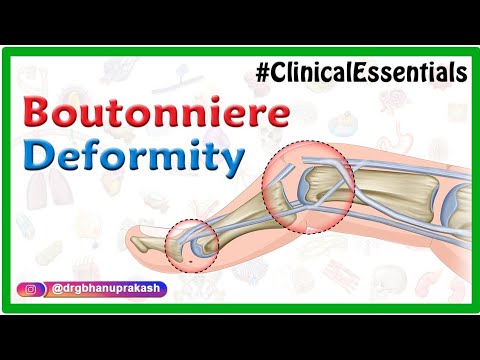
Recognizing the Symptoms of Swan Neck Deformity
Identifying symptoms early on is key. Here are some common indicators:
Early recognition and awareness can dramatically influence how individuals manage this condition. Don’t wait for symptoms to worsen; take action when you notice these signs!

Diagnostic Methods for Swan Neck Deformity
Diagnosis typically involves several methods to accurately assess the condition:
Having a solid diagnostic process ensures that proper treatments can be pursued. You want to be proactive, right?
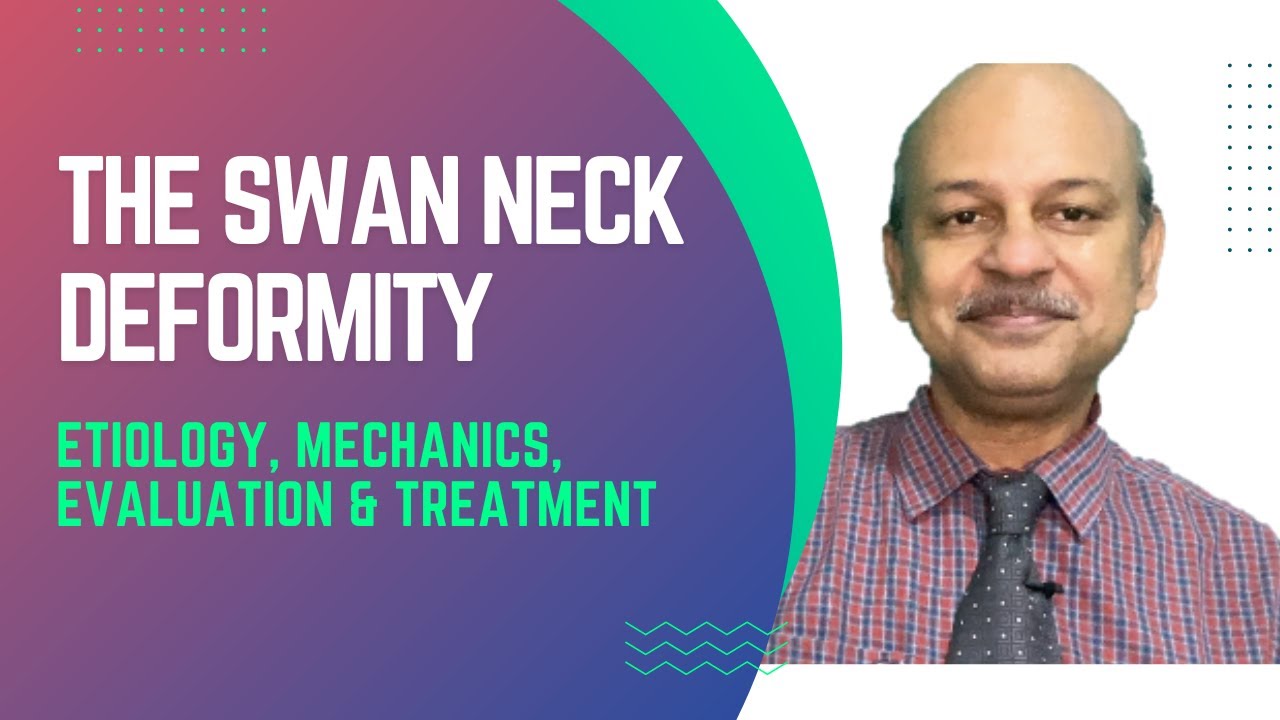
Coping Strategies for Individuals with Swan Neck Deformity
Even though living with swan neck deformity can be tough, various strategies can help improve life’s quality:
Take these strategies to heart! You’ve got the power to redefine your life despite this challenge.
Personal Stories: Overcoming Swan Neck Deformity
Let’s highlight some incredible individuals demonstrating resilience. Take Amanda, for example—a passionate violinist who learned to adapt her playing technique to accommodate her swan neck deformity. Through specialized training and ergonomic adjustments to her instrument, Amanda continues to pursue her love for music, proving that limitations are often just stepping stones.
These stories are a testament to human spirit. Each narrative showcases how the strength of determination and creativity can push past formidable barriers. If you want to achieve your fitness goals while living with a deformity, you might find inspiration in such stories!
Addressing the Challenges and Moving Forward
Swan neck deformity is a real challenge, but with the right knowledge and support, it doesn’t have to define you. Understanding its causes and symptoms is crucial for effective coping. As discussions around this condition become more prevalent, the possibility for better management options arises.
By increasing awareness and embracing community support, individuals can transform their experience into something powerful. Don’t let swan neck deformity hold you back—grab life by the horns and push forward! Ultimately, it’s about embracing who you are and moving forward with tenacity. Whether you’re enhancing your fitness or living your daily life, let your inner strength shine!
For more information on lifestyle tips and personal growth, check out resources like the pachinko book and learn how best to adapt alongside any physical challenges you face. Stay shredded!
Swan Neck Deformity: What You Might Not Know
Swan neck deformity is a condition where the second joint of the finger bends back while the first knuckle bends forward. It’s often linked with rheumatoid arthritis, but it can also present on its own. Did you know that this condition’s name derives from the way the fingers resemble the elegant neck of a swan? Just like spotting a louis Vuitton tote bag out in the wild can brighten your day, recognizing the signs of this deformity early can make a real difference in management and treatment options.
Unraveling the Characteristics
This deformity doesn’t just affect appearance; it can significantly impact daily activities, from typing to clasping a cup. Interestingly, it’s often confused with the boutonniere deformity, which showcases different symptoms in the fingers. It’s fascinating how each condition has its own set of circumstances and challenges, much like the difference between an effigy definition in literature versus art. Knowing the distinctions can help those affected to seek appropriate care and support.
Coping Strategies and Insights
Effective coping strategies are essential for maintaining functionality. Occupational therapy can be particularly helpful, with exercises designed to improve hand strength and dexterity. Speaking of wellness, many people are curious if alkaline water is good for you—a popular topic among health enthusiasts. Although it’s not specifically related to swan neck deformity, staying hydrated is key for overall health. Conversely, understanding the magnitude of this condition can feel overwhelming, akin to the delirium definition, where clarity gets lost in a sea of information. Never hesitate to seek guidance from medical professionals as you navigate treatment options.
In pop culture, even celebrities are no strangers to health challenges. Take Hayley Atwell, known for her strong roles, who empowers many through her advocacy. Living with conditions like swan neck deformity can be navigated successfully, with the right education and support. Whether it’s learning adaptive techniques or engaging in occupational therapy, there’s always a way forward without losing your sense of self. Embrace these little-known facts to bolster your resilience against swan neck deformity!






